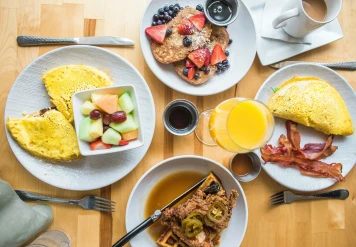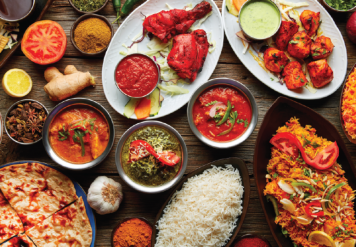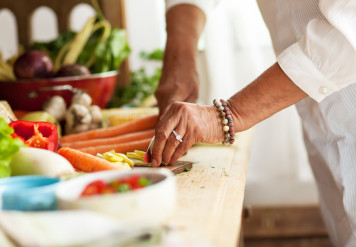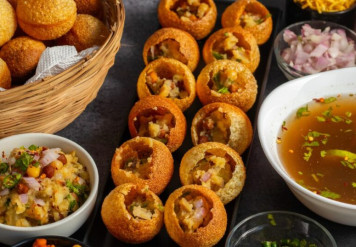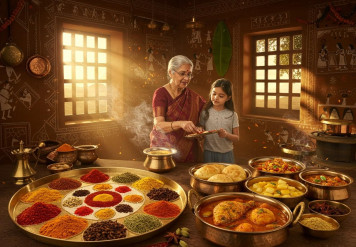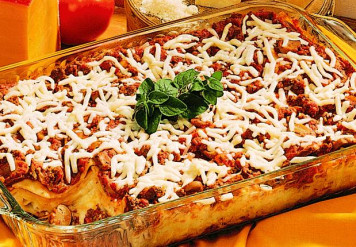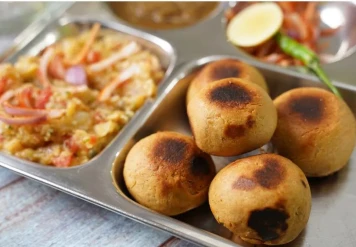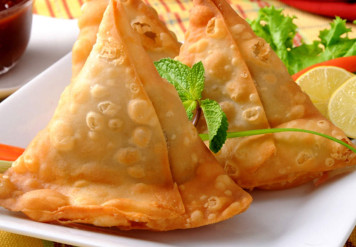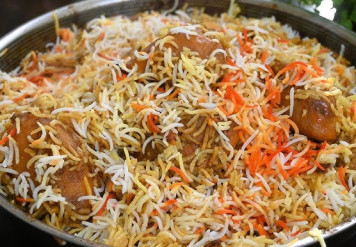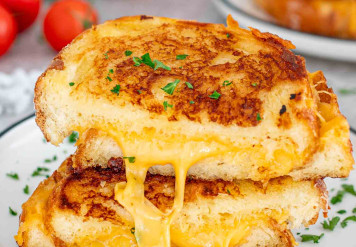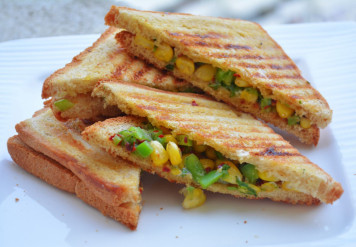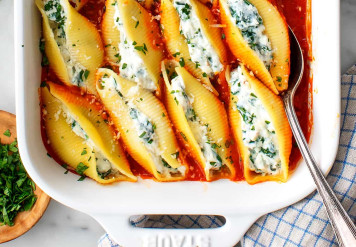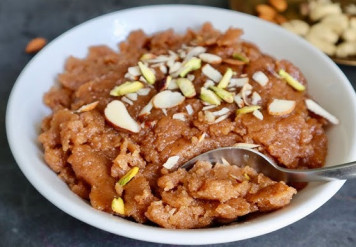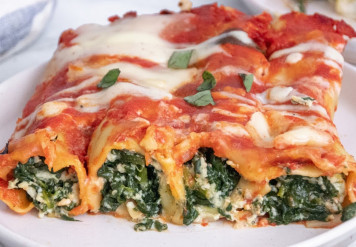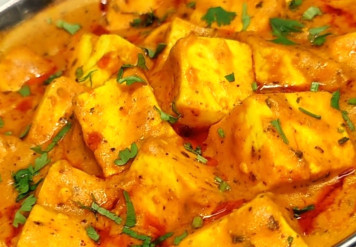Why Every Region Has Its Own Flavor: Exploring Culinary Diversity
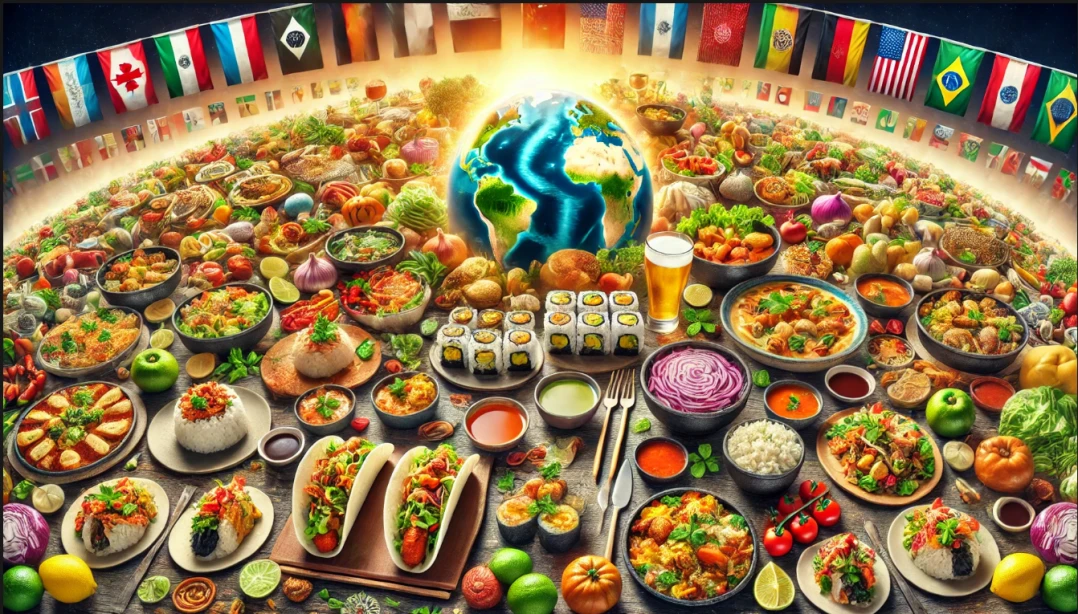
No two regions in the world cook the same way — and that’s the beauty of food culture. Geography, climate, religion, and history all shape flavors that make each cuisine unique. Exploring these differences helps us appreciate the diversity of food and the stories it carries.
Before you begin
Food diversity is shaped by availability of ingredients, cultural traditions, and local tastes. What is spicy and comforting in one part of the world might be considered exotic in another.
Here are the basics
India: Spices dominate, with each state showcasing unique blends — from Kerala’s coconut curries to Rajasthan’s fiery dishes.
Italy: Fresh herbs, olive oil, and pasta create simple yet flavorful combinations tied to the Mediterranean climate.
Middle East: Warm spices like cinnamon, cumin, and cardamom reflect trade routes and cultural exchanges of centuries past.
Mexico: Corn, beans, and chilies form the backbone, creating bold flavors with rich cultural significance.
In the kitchen
Exploring regional flavors teaches us respect for diversity and heritage. Cooking dishes from around the world is like traveling without leaving your kitchen.
Every region’s flavor is a story of its land and people — reminding us that food is the universal language of culture.

